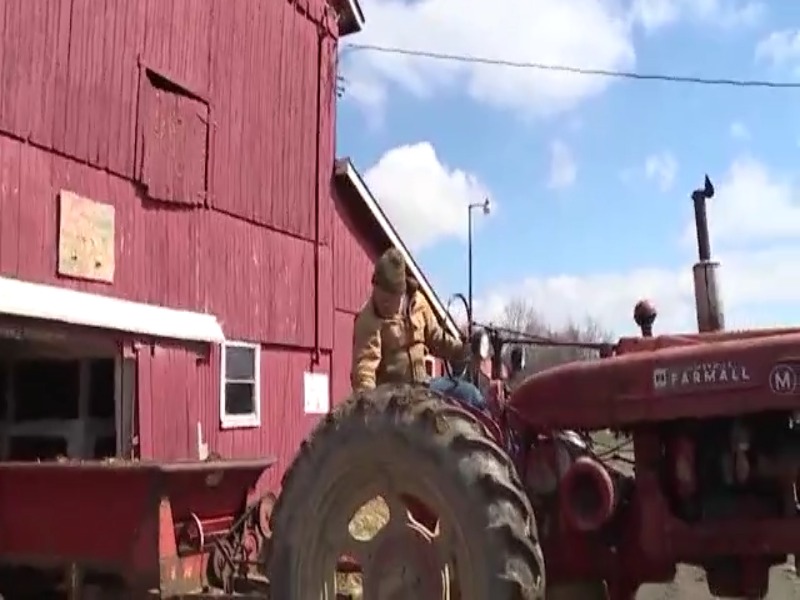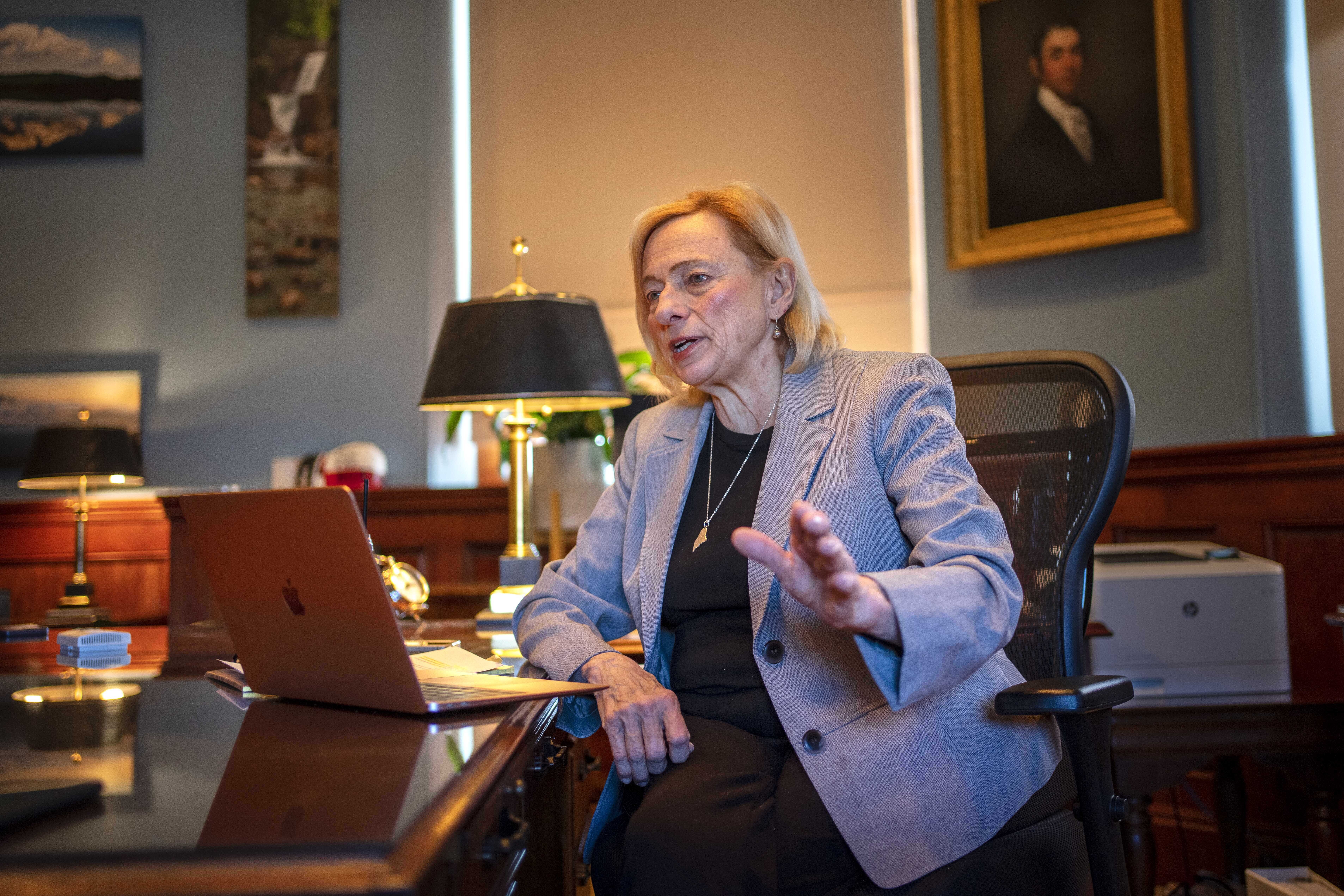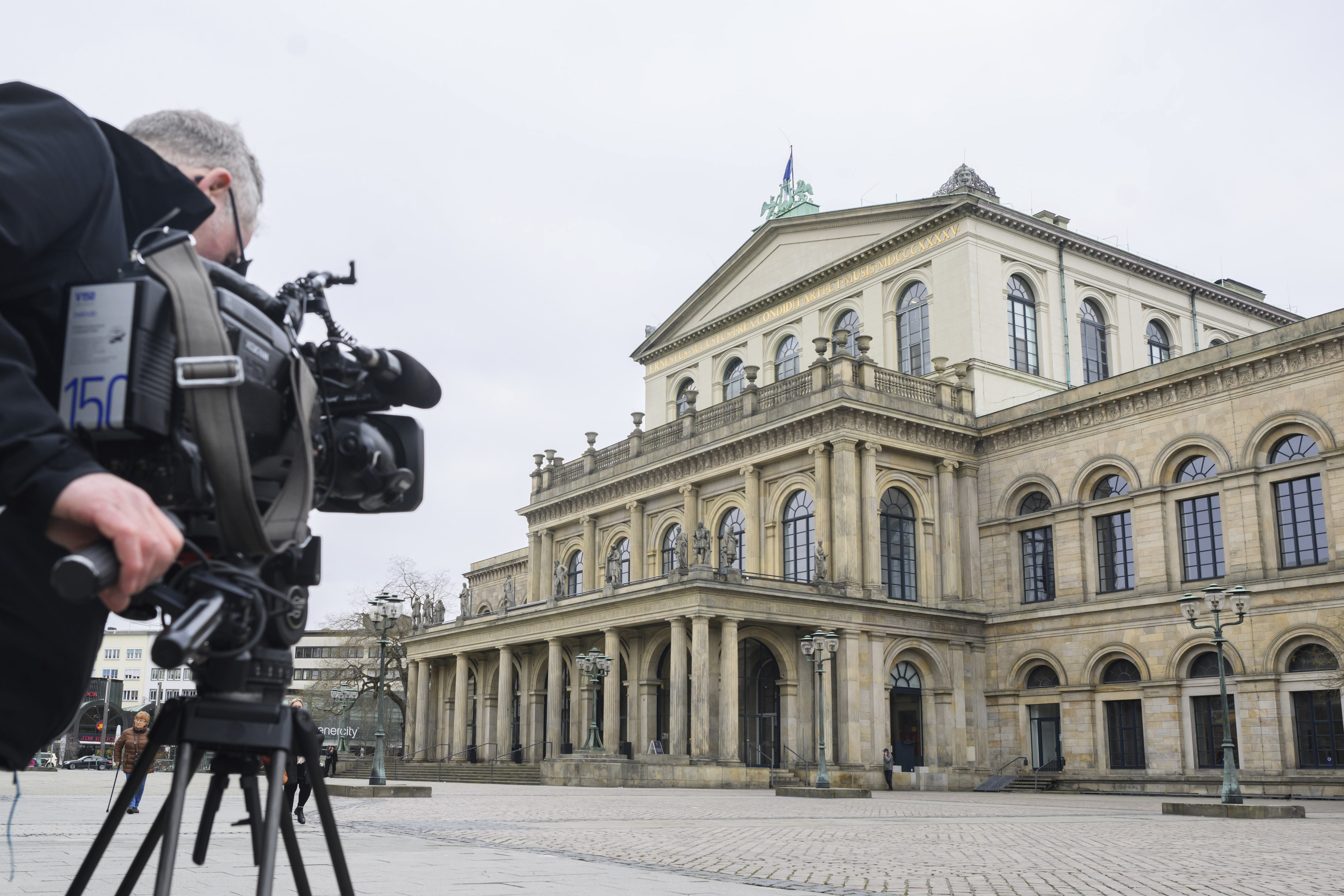La GRULLA, Texas (BorderReport.com) — The small, remote border town of La Grulla derives its Spanish name from the thousands of cranes that used to inhabit the banks of the Rio Grande here.
Like many communities along the river in South Texas, the wildlife and the culture here has been dictated for hundreds of year by the mighty Rio Grande. … Or “Rio Bravo” as locals like to call it.
Seventy-year-old Ruben Solis, is one such local.
A proud Chicano who calls himself a “lifelong community activist,” Solis says he spent his life fighting for the rights of Hispanics and workers in Texas. Now he is speaking out against a proposed border wall that he fears “will cut off the community.”
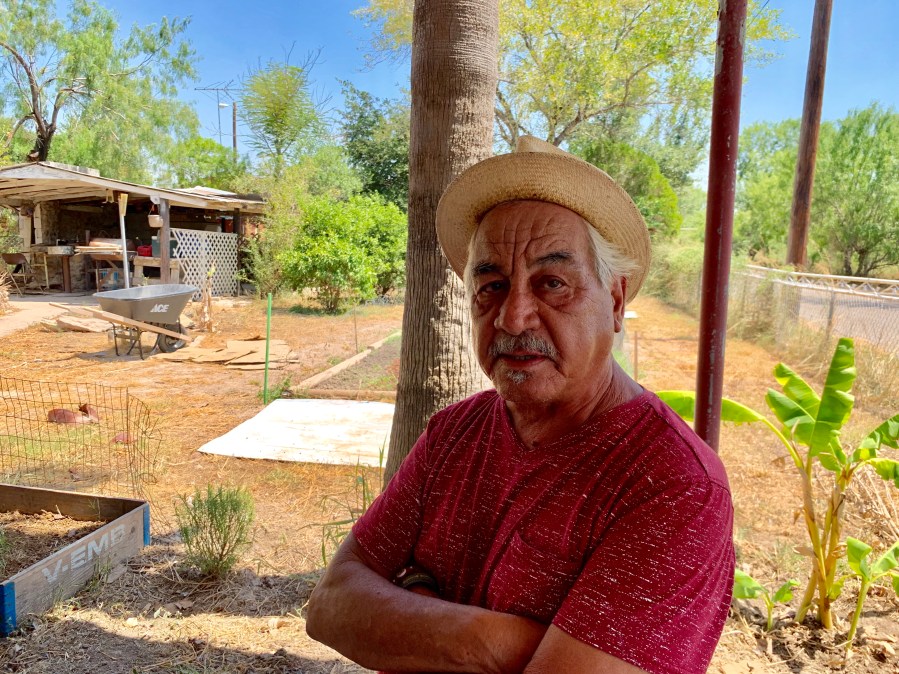
“It’s going to divide the community and we’ve always had the proximity to the river. This is a river community. We are part of the people of the Rio Grande, all the way to Colorado where it originates,” Solis told Border Report on Friday as he took this reporter on a tour of his town, population 1,663.
Solis knows everyone in La Grulla.
He points to one house where a lady had 24 children and the old boarded-up Catholic Church where his parents married. At another corner is where he and his four brothers and five sisters grew up in a tiny shack just blocks from the river. Another street is reputed for drug sales and everyone knows not to go down there unless you want trouble, he said.
Read: Rio Grande residents ‘Reclaim the River’ in Mission, Texas.
Solis is the eldest son and second-oldest in his family. His father, Ruben Sr., died in 1988 and was one of the town’s first city commissioners. He fought to get La Grulla potable water and was instrumental in mentoring to his son on the ways of community activism.
After graduating high school in 1967, Solis attended college in Kingsville and then lived in San Antonio for many years. He returned later in life to La Grulla, which he says has always been his hometown.

But now it’s not the same.
“The presence of the Border Patrol station has been very bad for our community because we’re invaded,” Solis said. “We’ve got airplanes passing, drones overhead, ATV units, horse patrols and blimps. You name it and they got it!”
The “blimps” he refers to are five land aerostats — tethered air monitoring devices equipped with cameras run by the Department of Homeland Security — which are situated in Hidalgo and Starr counties in the Rio Grande Valley. Visible from virtually every part of Starr County, Solis said he feels like he is always being watched.
But worse than the big eye in the sky, is his fear that any day now construction of a border wall could begin through La Grulla.
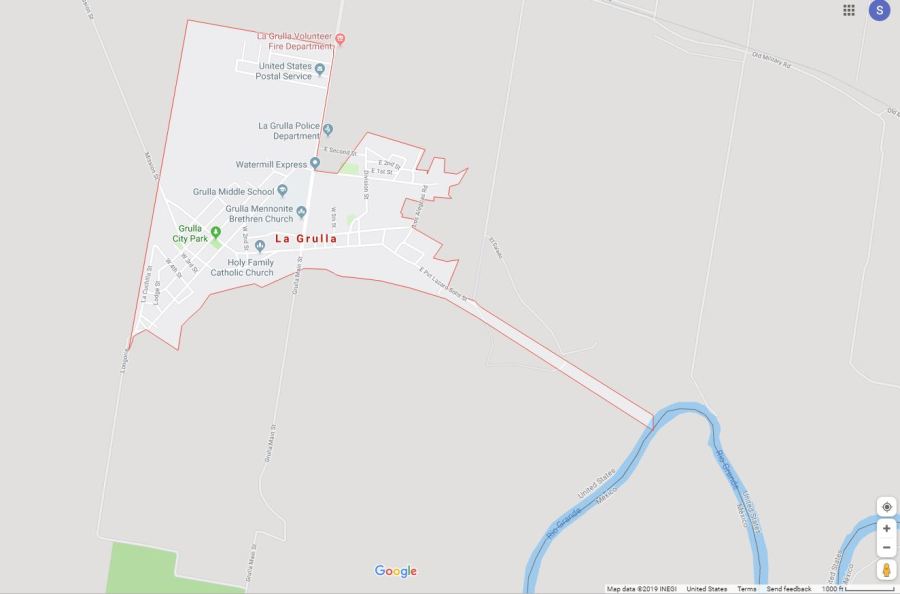
U.S. Customs and Border Protection in June announced that four miles of border wall will be built south of La Grulla and nearby Rio Grande City, and construction could start in November. Southwest Valley Constructors was awarded a contract for $33 million to build this section. It is part of the 52 miles of border wall that will be built in Starr County, which is the entire length of this South Texas county.
On Wednesday, CBP confirmed to Border Report that various surveyors and markers have been put up around La Grulla as federal officials evaluate where best to place the wall.
“The alignment near La Grulla, Texas, is currently in the consultation phase in accordance with the FY 19 appropriations bill. There currently is no finalized border wall alignment for the City of La Grulla; however, Border Patrol has been closely working with Starr County officials who have jurisdiction over the consultation areas. The City of La Grulla has submitted their requirements and the United States Army Corps of Engineers (USACE) is conducting a hydrology analysis to verify the city’s proposal complies with restrictions set forth by the International Boundary and Water Commission and the Treaty of Guadalupe. Upon receipt of the hydrological results, Border Patrol will continue the consultation to discuss the city’s options. USACE is currently conducting exploratory surveys which consist of environmental, historical, geotechnical, as well as metes and bounds,” a CBP spokesperson told Border Report via email.
Mexico and the United States have a 49-year-old river treaty that says both nations must agree if one wants to build any structure that would affect the flow of the Rio Grande or its floodwaters.
Starr County prone to flooding
The flat, arid terrain here is prone to flooding, and locals and environmentalists worry that a wall will cause more flooding.
At the La Grulla cemeteries, many graves have tiny houses built over them “to prevent the caskets from floating away,” Solis said.

His father’s grave is out in the open, and while CBP has told Border Report that wall construction plans try to avoid sensitive areas like cemeteries, Solis worries that flooding triggered by a wall could back up waters to his father’s grave and damage the historic cemeteries.
Worse, Solis worries that his family will forever be cut off from their family on the other side of the river in Mexico.
When these lands were settled, families divided long tracts on both sides of the river. “It was just a river. The people on the other side were the same families,” Solis said.
His mother Gloria, who is now 89, used to be put in a wash basin and floated across the river as relatives went back and forth to visit, Solis said.
Exact location of wall uncertain
Federal officials are consulting with La Grulla city leaders, and other leaders in incorporated areas of Starr County — as required by law — as to the location and construction details of the border wall.
Under the 2019 federal appropriations bill, which provided funds for the border wall, Congress stipulated that federal officials must “confer” or consult with local community leaders on border wall plans in incorporated areas in Starr County. Read more about this in this Border Report story.
CBP says the wall will be 18-30 feet high and have a 150-foot enforcement zone including a road and lights and technology.
And it will cut off the river from the town.
Shaking his head, Solis muses that maybe he should have run for city council, like his father. “I don’t know what they know. But I wish I did.”
Sandra Sanchez can be reached at SSanchez@BorderReport.com.
